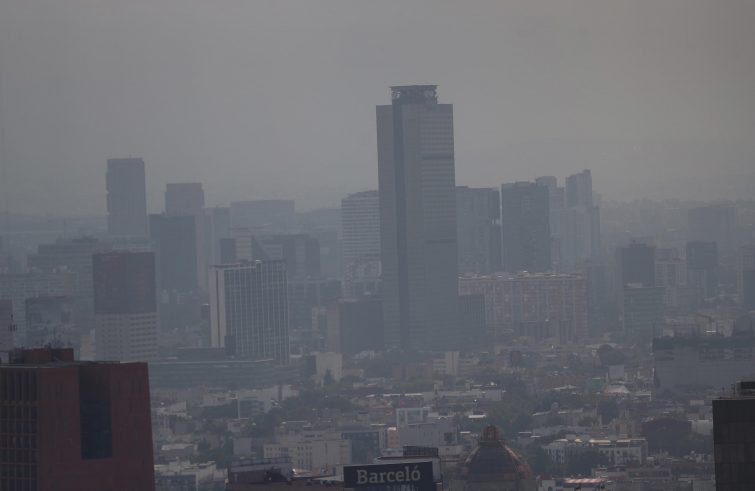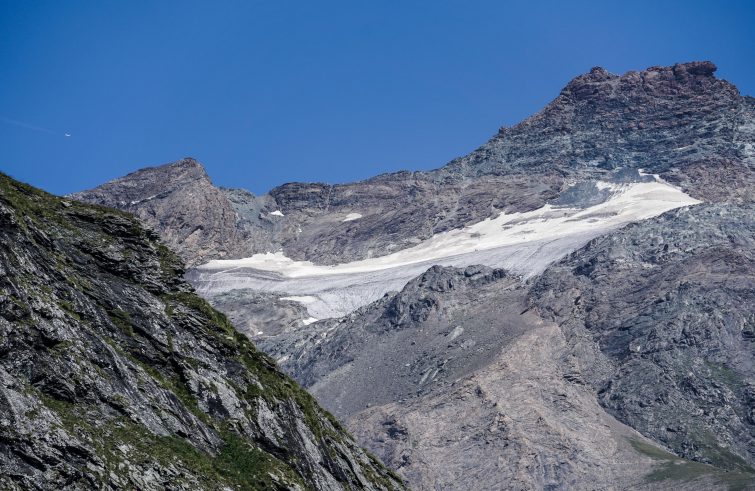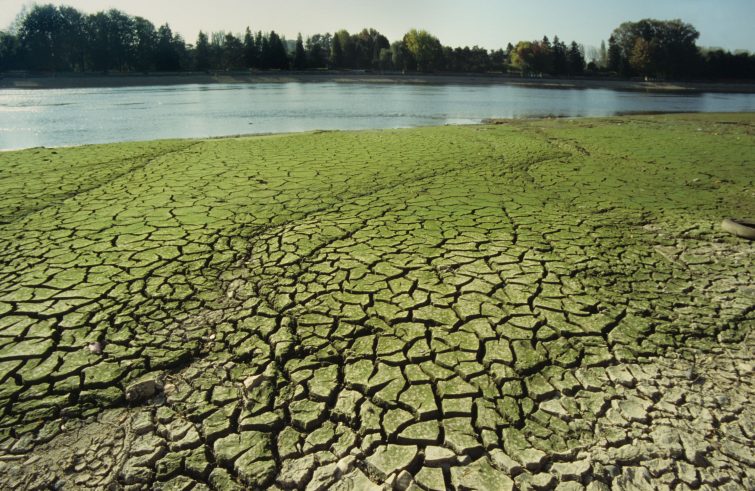
In a Report published this month of January, the UN announced that the atmospheric ozone layer is recovering and is expected to return to 1980 values by 2040 in most of the world, around 2066 in the Antarctic, and around 2045 in the Artic. It’s the result of the actions taken by the vast majority of governments to phase out ozone-depleting substances. The hole in the Earth’s ozone layer used to be the most feared environmental threat facing humanity, but the environmental perils we face today include climate change, global warming, and melting glaciers. SIR interviewed Greenaccord General Secretary Giuseppe Milano on this issue.
 How important is the expected ozone layer recovery and by which actions is it being achieved?
How important is the expected ozone layer recovery and by which actions is it being achieved?
It is a remarkable achievement that will play a major role in combating climate change.
According to the 2022 quadrennial Scientific Assessment of Ozone Depletion, and despite year-to-year climate variability that may understate the ongoing trend, actions taken under the Montreal Protocol, in place since 1989, along with the 2019 Kigali Amendment, led to the phasing out of 99% of ozone-depleting substances, including chlorofluorocarbons (CFCs), which have long been used as solvents and refrigerants, and hydrofluorocarbons ( HFCs). As a result, a full recovery of the ‘hole’ in the ozone layer, the most feared environmental peril facing humanity since the 1980s due to the risk of exposure to the sun’s harmful ultraviolet (UV) rays, is expected to take place by 2040 (in Antarctica by 2066).
Can we expect to reach the internationally agreed Sustainable Development Goals and targets by means of global cooperation?
Yes.
This experience, along with the recent biodiversity agreement reached at Montreal COP15, suggests that by working together, agreeing on the urgent need to protect our fragile ecosystems and reduce climate-changing greenhouse gases, significant and lasting results towards a healthier and safer planet can be achieved.
As Pope Francis reminds us: no one is saved alone. We are all inter-related because everything is interconnected.
 While on the one side we celebrate the forthcoming recovery of the hole in the ozone layer, on the other the mounting scientific evidence of melting glaciers is met with growing concern. Half of Earth’s glaciers are expected to disappear forever, according to a study published by the journal Science.
While on the one side we celebrate the forthcoming recovery of the hole in the ozone layer, on the other the mounting scientific evidence of melting glaciers is met with growing concern. Half of Earth’s glaciers are expected to disappear forever, according to a study published by the journal Science.
The utterly shocking figure of 104,000 glaciers destined to vanish forever by the end of the century owing to relentless global warming even if we managed to limit the temperature increase to 1.5°C above pre-industrial levels’ as stipulated in the 2015 Paris Agreement, should act as a major wake-up call.
In fact, over the past few years, mountain ecosystems were more severely affected by accelerating climate change than urban ecosystems, with temperatures – low temperatures in particular – rising faster than in previous decades. Heatwaves – such as the one characterising the first days of 2023 – have increased in intensity and frequency, even at altitudes of 1300-1500 metres, and are contributing to the irreversible loss of at least 40% to 50% of land surface and volume. The Marmolada mountain range, that we remember for the fatal avalanche last July, lost more than 90 percent of its volume and 70 percent of its surface area over the past century. Snow drought and lack of rainfall – hence the threat of deglaciation of the Alps and Apennines – following the drought that affected the agricultural industry in 2022, denounced by the Italian farmers’ organisation Coldiretti, could have a serious impact on tourism. In particular, thinner layers of snow, along with a heightened risk of debris flows and landslides, cause steady water depletion in soils, reservoirs, lakes and rivers, the consequences of which are likely to become noticeable sometime between spring and summer.
Consequently, it must be understood that the Alps, as we know them today, exploited by the tourist industry, will cease to exist by the end of the century. Our approach must change completely and we must learn to adapt to the altered climate in order to respectfully value mountain landscapes, in accordance with sustainable development and nature-based solutions.
 Finally, there is the problem of global warming, whose impact is not limited to the destruction of glaciers. Are we still in time to stop it?
Finally, there is the problem of global warming, whose impact is not limited to the destruction of glaciers. Are we still in time to stop it?
2022 was the second warmest year on record for Europe, while globally it was the 5th warmest year in the last two centuries according to Copernicus, the European Union’s Earth observation programme, with intense heatwaves causing both the irreversible loss of glaciers and an anticipation of spring, altering the seasonal balance that could result in severe drought, even worse than last year’s. According to the UN’s IPCC report,
Italy is a “climate change ‘hotspot'”
i.e. it is extremely exposed and vulnerable due to the fragility of the Euro-Mediterranean region in which it is located.
Therefore, together with Greenaccord and many other environmental organisations, we hope the new National Climate Change Adaptation Plan, submitted at the end of December by the Ministry of the Environment and Energy Security, will be definitively approved as soon as possible in order to ensure effective responses to the desertification risk faced by many Italian territories, starting with the southern regions, and to the crucial decarbonisation challenge.












